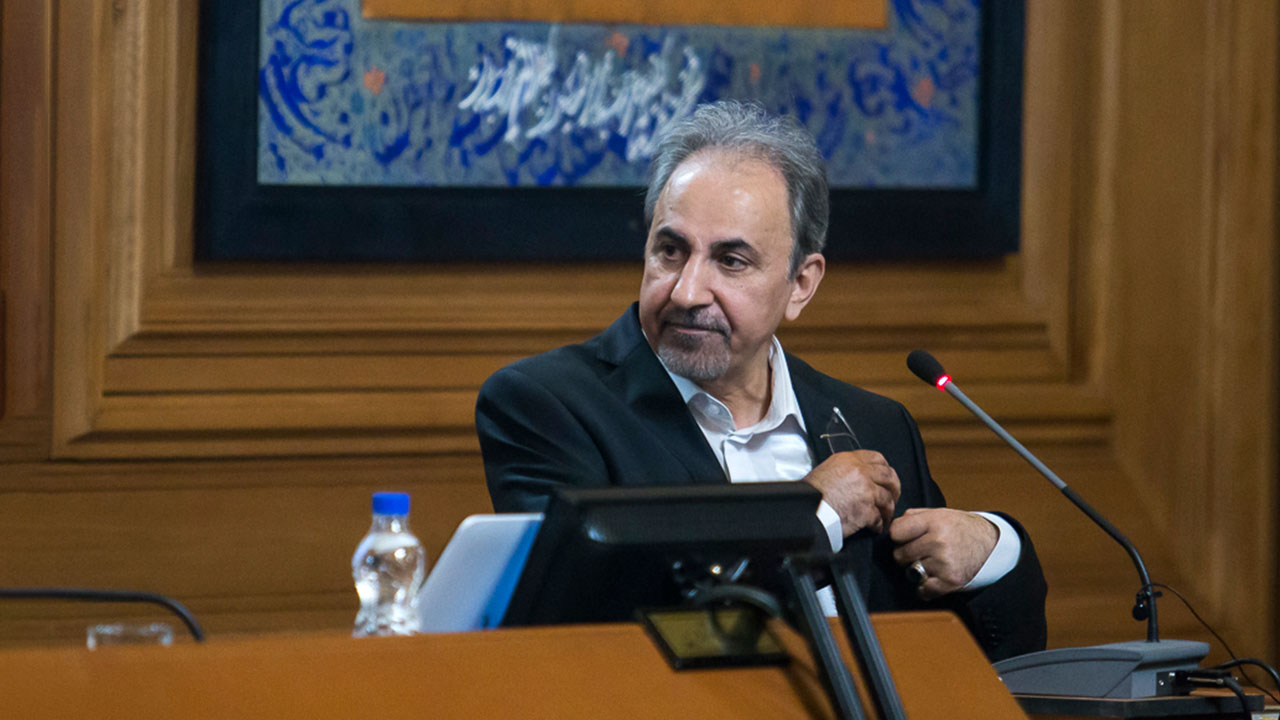Tehran Municipality has released its balance sheet for the first six months of the current Iranian year that started in March, unraveling the state of its almost empty coffers.
According to the report in the Persian daily Donya-e-Eqtesad, 79% of TM revenues have unsustainable sources compared to 21% that are sustainable, thanks to the performance of the former mayor who ruled the overcrowded city for 12 years and spent money the TM did not have.
Out of the municipality’s annual budget of $4.5 billion, revenues realized in the first six months of this Iranian year are estimated at $1.7 billion or 72% of the H1 projected budget.
As for the expenditures in the same period, the figure exceeded revenues by $75 million. Considering that 28% of the revenues were not realized, revenues covered 80% of the expenditures.
Thanks to a few positive price moves in the long-dormant housing market in the first half of the year, 95% of the projected revenues from the sale of real estate were realized.
In fact, the housing sector was the second profitable investment choice in H1 after the stock market, trumping the gold and forex markets. According to the Central Bank of Iran report, the average house price per square meter in the capital was 45.8 million rials ($1,160) by Sept. 22, indicating a 6.2% growth in the period.
However, the rising prices were not matched by actual sales, as the volume of real-estate trade grew barely 2.8% to 85,200 units, highlighting the lethargic, yet slowly recovering, state of the key sector.
A total of 16,749 homes were sold in the sprawling capital during the sixth month, indicating a 9.2% rise year-on-year.
According to CBI, the price increase could be seen as a sign of recovery in the housing market.
The TM said almost $253 million of its revenue came from issuing construction permits for banks and organizations to whom the municipally is indebted. The rest of the revenues went for paying wages to TM workers and maintenance of the city–$253 million and $101.6 million, respectively.
Put together, the gloomy figures give a bitter message: The municipality, compared to the past few years, has fewer sources of income to carry out its tasks. What is further cause for concern is the fact that many unexpected expenditures, such as those associated with heavy snowfall, flooding and the like, along with the cost of Iranian Norouz (New Year) festivities, fall in the second half of the calendar year.
Late last month, the newly-appointed Tehran Mayor Mohammad Ali Najafi said the municipality owes 300 trillion rials ($7.69 billion), mostly to banks and the army of contractors working for it.
“The outstanding debt is 1.7 times more than the municipality’s total budget for the current fiscal year (March 2017-18),” the local print media quoted him as saying.
Noting that Tehran needs to tap into private sector potential and foreign investments, Najafi said, “Some 72% of the projects in Tehran need further funding even after they are completed. The municipality’s local resources are unlikely to be adequate to conduct and complete these projects. We are thinking of establishing a so-called city development fund.”
Ending the “Hologram” Misconduct
Najafi took office as mayor in August to replace Mohammad Baqer Qalibaf who was in charge for 12 years. Less than a month after assuming office, Najafi took a first major step to ease living conditions in the huge metropolis. He ordered an immediate suspension of the practice of issuing the so-called “hologram” to contractors of urban projects as a way to settle municipality debts.
The hologram system, a self-styled creation of Qalibaf and his men and seen as a major scandal by many urban planners, enabled the dysfunctional municipality to settle its mounting debts to contractors through a non-cash arrangement and at the same time generate income by selling holograms, which in turn were used by builders to pay their fines for illegal constructions to the municipalities.
In other words, the municipality allowed the builders to construct over and above the lawful limits imposed by national regulations and thereafter pay the fine through the hologram system.
When Qalibaf was the uncontested urban ruler, such profitable holograms were given to many contractors by Tehran Municipality, once one of the richest organizations in Iran. The contractors often immediately sold the holograms to lawless builders to get their money from the TM.
According to the recent directive issued by Najafi to 22 district mayors in Tehran, “No new hologram will be issued until further notice and those that have been issued prior to this directive would be valid only after being investigated and confirmed by TM officials.”


